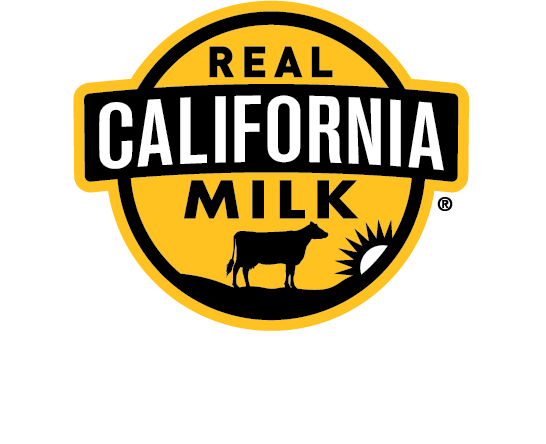Functional Beverages


Healthful beverages have been trending in foodservice for years. Smoothie operations led the charge, spotlighting drinks with healthful “boosts” marketed as meal replacements. But the trend of functional beverages has branched out beyond beverage operations to other major chain restaurants, convenience stores and beyond.
Consumers have especially been pushing for better-for-you sips. Some 42% of consumers (including 47% of 18- to 34-year-olds) believe that restaurants should offer healthier beverages, up from 37% in 2016, according to Technomic’s 2018 Beverage Consumer Trend Report.
But consumers’ definitions of health have changed over the years. The focus on weight management claims years ago has led to an emphasis on fresh and natural beverages, and more recently, functional beverages—drinks that support everything from digestion to immune health to increased energy. In fact, 50% of consumers say that they would be likely to order beverages that offer functional benefits, if available. And further, 44% of consumers (including 55% of Gen Zers and 60% of Millennials) say they’re more interested in knowing the functional benefits of beverages than traditional health claims, including the amounts of calories and fat.

FUNCTIONAL BENEFITS
Functional attributes that distinctly cite the direct physical, mental or emotional health benefits rise to the top when it comes to greatest purchase intent among consumers. More than half of consumers say they’d be more likely to buy drinks that relieve stress and promote relaxation (54%), boost energy (53%) and support their immune systems (53%). More than a fifth of consumers also state that they’d be willing to pay more for each of those claims.
On the opposite end, attributes such as high protein, antioxidant-rich and probiotic-rich receive slightly lower purchase intent among consumers. This is likely because consumers are not as clear on the advantages of these elements. Thus, operators should consider outlining directly on the menu not just the specific compounds in these drinks but also what good they do for the body.

THE FUNCTIONALITY OF REAL CALIFORNIA MILK
Everyone knows Real California milk for its calcium content, but it’s a treasure trove of functional components. California milk has everything from energy-boosting capabilities (due to its source of high protein) to immunity-boosting and skin-boosting benefits (due to its vitamin A component) and more. Combining milk with other functional ingredients only enhances the trend further. Here are two pairings to consider.
CALIFORNIA MILK + TUMERIC
Turmeric is a flavorful, pungent spice thought to have anti-inflammatory properties. It has shown promise with improving brain function and memory, cancer prevention and depression treatment.
RECIPE: Golden Milk:
Combine Real California milk with dates, turmeric, cardamom, cinnamon and ginger

CALIFORNIA MILK + LAVENDER
Lavender is a pleasantly bitter and floral plant often regarded as a skin and beauty booster. It is also promoted as a potential treatment of anxiety, depression and restlessness, as well as digestive issues.
RECIPE: Chamomile Infused Milk with Tea Ice Cubes:
Combine chamomile-infused Real California milk with elderflower syrup and a pinch of lavender flowers

FUNCTIONAL BEVERAGE TRENDS
Here are a few trends in the functional beverage category that we see showing some momentum.
BUTTER COFFEE
Exactly what it sounds like, butter coffee combines real butter with coffee. Marketed as a meal replacement in the morning, the beverage is said to kill cravings and thus help with weight loss and increase focus. Using Real California butter further enhances the drink’s better-for-you factor.
ON THE MENU: Bulletproof Cafe’s three locations in Seattle, Los Angeles and Santa Monica, Calif., specialize in butter coffee, featuring certified clean coffee blended with brain octane oil and butter.
KEFIR
Kombucha may be the trend of the moment in fermentation, but another fermented probiotic-rich drink on the rise is kefir. The fermented cow’s milk drink has similar benefits to kombucha (antioxidant- and probiotic-rich), with added bonuses of high protein and calcium. Use Real California cow’s milk for a creamier, more nutritious kefir drink.
ON THE MENU: India Joze in Santa Cruz, Calif., offers a Mango Lassi, featuring organic mangoes blended with kefir and ice.
CHEESE TEA
Originating in southern China, cheese tea is now finding its way into the U.S. The beverage features cheese (typically cream cheese or cheddar) that’s served as a whipped topping on tea. The cheese’s savory, salty notes balance the tea’s sweet, fruity notes, and using Real California cheese adds an extra boost of protein and calcium.
ON THE MENU: Brew’s Lee Tea Station in San Antonio builds its Cheese Tea toppings with cheddar, heavy cream, raw cane sugar syrup and salt.


ROUNDUP
It’s not enough just to offer beverages that have functional benefits. Operators must call these claims out directly on the menu or in the restaurant in some fashion. In fact, almost half of consumers (47%) would like more restaurants to list the functional attributes of beverages on the menu. Here are some innovative ways to do this.
- Marketing can be anywhere. Table tents, chalkboards, menu inserts, posters and more should be utilized to the best of your capabilities to educate customers on functionality of ingredients such as Real California milk.
- Make it part of your decor. For example, 255-unit Freshii showcases its numerous ingredients with enlarged photo posters against white-washed walls, and the benefits of those ingredients listed beside it.
- Train your staff. Be sure your staff is able to answer customers’ questions regarding your beverages’ functional capabilities.
For more information and to source California dairy products, visit:
RealCaliforniaMilk.com/foodservice
© 2020 Technomic, Inc.
California Milk Advisory Board, an instrumentality of the California Department of Food & Agriculture

For more information and to source California dairy products, visit:
RealCaliforniaMilk.com/foodservice
California Milk Advisory Board, an instrumentality of the California Department of Food & Agriculture
© 2020 Technomic, Inc.


